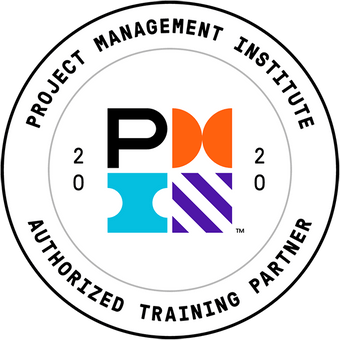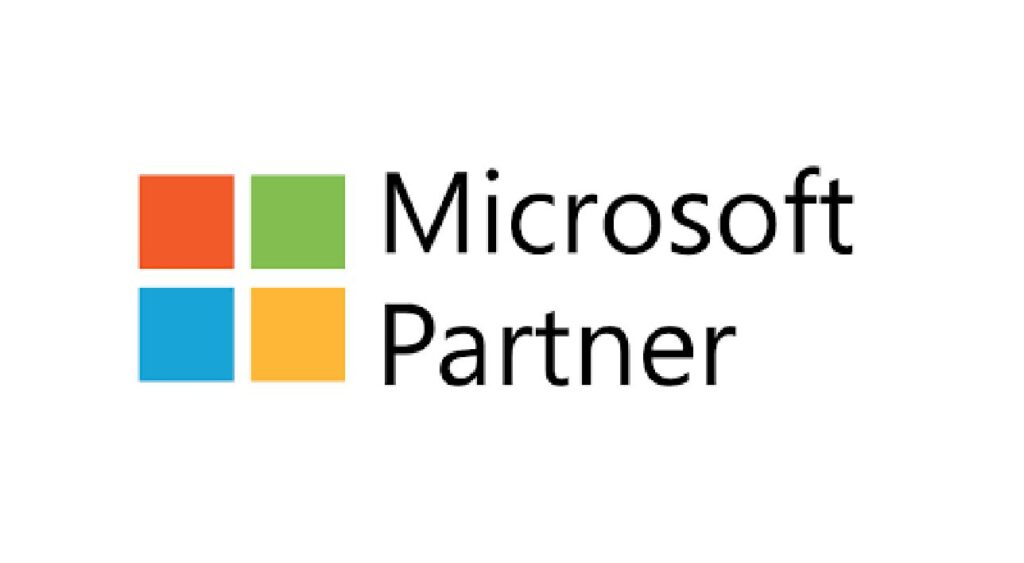This course is based on The Project Management Institute, A Guide to the Project Management Body of Knowledge (PMBOK® Guide) – Seventh Edition, Project Management Institute, Inc., 2021.
By the end of this Project Management Planning course, you’ll be able to:
- Monitor the critical components of a project, including project constraints and resource allocation.
- Use work breakdown structures, story cards, diagrams, and schedules.
- Identify necessary resources and when to use contractors or vendors.
- Understand estimating techniques and strategies to assign appropriate deadlines.
- Construct a project plan with 28 engaging lessons, including real-world examples and actionable exercises.
- Earn 14 PDUs or contact hours toward your Project Management education for certification with PMI.
Once enrolled, our friendly support team is here to help with any course-related inquiries.
Summary
- Skill level: Intermediate
- Lessons: 28
- Pre-requisites: None
- Estimated study time: 2h 24m
- Certificate: Yes
- Accredited by: CPD
- Versions supported: PMBOK 7th Edition
- Video duration: 14h for all materials
Features
Premium video tutorials
Personalized Learning
Learn at your own pace
Tests and Quizzes
Award winning instructors
Get Certified
Mobile - Learn on the go
Regularly updated content
Accreditations & Approvals
All courses under each learning path are accredited and approved by one or more of the following bodies as is applicable.



Instructors
All courses are taught by reputed trainers with relevant accreditations and industry experience.
Modules
Baseline Plan
The integrated project plan that includes scope, schedule, and resource information for all aspects of the project is the project baseline plan.
Requirements Management
Project requirements are often vague, incomplete or contradictory at the time of project initiation. Normally, additional effort is required to collect and verify the true project requirements.
Project Deliverables
Learn how to identify project tasks and activities using the deliverables deployment technique.
Project Boundaries
Learn how to quickly identify project boundaries using the W questions.
Approval and Kickoff
Work Breakdown Structure
The Work Breakdown Structure (WBS) is the most commonly used technique for organizing the project scope. The WBS decomposes the scope into tasks and organizes the tasks into logical groupings.
WBS Dictionary
The WBS Dictionary is a table or spreadsheet that is organized by project task and contains all project planning details.
Task Description
Task Descriptions are the statements of scope for each of the project activities. They are written in the format of “action – completion point.”
Story Cards
Story Cards – also known as Product Backlog Items (PBIs) – are the technique used for documenting project scope, quality requirements, estimates, and priority of the deliverables in an Agile/Scrum project.
Writing Story Cards
There is an art to creating effective story cards. In this lesson, an Agile project team member will learn the best practices for writing story cards.
Backlog
Milestone Schedule
Understand when and how to use a milestone schedule on a project. Learn how to create a milestone schedule.
Gantt Chart
Understand when and how to use a Gantt chart on a project. Learn how to create a Gantt chart.
Network Diagram
A network diagram is a project scheduling technique that shows the relationship between tasks by depicting project activities as a flowchart.
Task List Schedule
A Task List Schedule is a schedule format used to communicate tasks with dates to extended team members or those who do not have a major role in the project.
Kanban Schedule
A Kanban Schedule is a project scheduling tool for managing a batch of similar items that must be processed through the same project steps.
Float, Slack, Buffer
Float (slack or buffer) is extra time that a task could consume beyond its duration estimate without impacting other aspects of the project. Total float is extra time without impacting the end date of the project and free float is extra time without impacting another project task.
Critical Path
Critical Path is a project scheduling technique that determines the shortest time that the current project plan can be completed.
Sprint Controls
Resource List
The project Resource List is a list of all individuals working on the project with their contact information and all special equipment and facilities required to accomplish project tasks.
Responsibility Matrix
The Responsibility Matrix is a project management tool for correlating project work assignments with project team members.
Using Contractors and Vendors
Contractors, vendors, and suppliers are used on projects to reduce risks. These external resources have capacity and capability that allows them to complete project tasks better than internal resources would be able to complete them.
Project Budget
Understand what is normally shown in a project budget. Learn how to create a time-phased project budget.
Resource Over-allocation
Project resource demands are often inconsistent throughout the life of the project leading to times when resources are over-allocated.
Estimating Techniques
The most commonly used techniques for creating project estimates are analogous estimates, bottom-up estimates, three-point estimates, and using a parametric model.
Time Box
Time Boxes are an estimating technique that sets a finite time for a task or task group. The amount of scope that is completed is variable. Whatever scope is done when the time box ends is the amount of scope for that activity on the project.
Effort-Duration-Money
Project estimates of effort, duration, and money are interrelated. Based upon the cost and availability of the resources involved, once you have one of the estimates, you can derive the other two.
Estimating Uncertainty
Project plans are built with an accumulation of estimates, each of which has a level of uncertainty associated with it. The level of uncertainty is a major contributor to the accuracy of the plan and the amount of project risk.
Target Audience
- Graduates exploring placement in the entry-level Project Management positions across industries
- Professionals needing upskilling to be future-ready or become more productive in their current roles
- Experienced individuals exploring Project Planning roles to join the workforce
How do I Access The Program
- Buy the course online
- Save your payment transaction receipt for any future reference
- Our team will share the credentials to enable you access your course online within 2 business days of payment transfer
Bulk Orders
Incase you are looking for bulk user licenses, or customized Learning Paths for various Job Roles, reach out to us with your detailed requirements.






Reviews
There are no reviews yet.